Client Alert
FFCRA: Guidance and Controversy This Week
April 04, 2020
By Jennifer Baldocchi, Emily Pidot, Carson Sullivan, Eric Distelburger, Jennifer Milazzo, Anna Skaggs, Sara Tomezsko, & Anna Yoon
Much has happened during the last few days relating to the Families First Coronavirus Response Act (“FFCRA”), which requires employers with fewer than 500 employees to provide emergency paid sick leave and expanded family medical leave for certain COVID-19-related circumstances. The U.S. Department of Labor (“DOL”) issued a temporary rule implementing regulations concerning the FFCRA. Then, U.S. Senator Patty Murray (D-WA) and Congresswoman Rosa DeLauro (D-CT) wrote to the DOL urging it to revise its guidance on the FFCRA. Finally, the DOL released a webinar providing further guidance for employers, and updated its Questions and Answers (“FAQs”) on its website.
DOL Regulations
On April 1, 2020, the DOL issued a temporary rule implementing regulations pursuant to the FFCRA. The rule, effective from April 1, 2020 through December 31, 2020, was intended to clarify the informal guidance previously released by the DOL concerning The Emergency Paid Sick Leave Act (“Paid Sick Leave”) and the Emergency Family and Medical Leave Expansion Act (“Emergency Family Leave”). We highlight several key provisions, including new guidance contained in the temporary rule, some of which were called into question by Congress’s subsequent letter to the DOL.
Shelter in Place Orders May Qualify For Paid Sick Leave.
The temporary rule clarifies that employees may take Paid Sick Leave under the FFCRA when they are subject to a quarantine or isolation order, only if being subject to one of these orders prevents employees from working or teleworking. In other words, an employee subject to a shelter in place, stay at home, or similar order may not take paid sick leave where the employer does not have work for the employee as a result of the order or other circumstances.
The Continuous Workday Rule Does Not Apply to Employees Teleworking Because of COVID-19.
The temporary rule makes clear that the continuous workday rule—which generally requires an employer to count hours worked all time between the first and last principal activities—does not apply to employees who are teleworking for COVID-19-related reasons. Employers are only responsible for compensating employees for hours actually worked.
The Small Business Exemption Is Clarified.
The regulations detail the circumstances in which a small business—one that employs fewer than 50 employees—can deny an employee Paid Sick Leave or Emergency Family Leave when the need arises for child care-related obligations. The regulations provide three scenarios that may apply. Employers claiming this exemption must document the facts and circumstances justifying the denial of leave and should maintain this documentation for their own records.
Employers May Require Certification Of The Need For Leave.
The FFCRA is silent with respect to what documents an employer may require of employees in order to commence a Paid Sick Leave or Emergency Family Leave; the regulations are not. The regulations provide that employers generally can require employees to follow notice procedures as soon as practicable after the first full or partial workday that Paid Sick Leave is taken. If Paid Sick Leave or Emergency Family Leave is taken to care for a child, and the leave was foreseeable, employees also must provide notice as soon as practicable; in many cases, such notice may be required before the leave commences.1 The regulations provide a basis for an employer to deny leave should an employee fail to provide sufficient documentation.2
Employer Recordkeeping Requirements Are Clarified.
Employers must keep documents concerning employees’ requests for leave for a period of four years, regardless of whether the request was granted or denied. The recordkeeping requirement includes oral statements supporting a request for leave, which the employer must document and maintain.
Supplementing Emergency Family Leave With Paid Leave.
The April 1 temporary rule is internally inconsistent with respect to substitution of paid leave to cover portions of Emergency Family Leave. In several places, the regulations state that an employer may require an eligible employee to use accrued leave available under the employer’s policies (i.e., vacation, personal leave, or paid time off) concurrently with the last 10 weeks of expanded medical leave. In another portion, the rule states, “Because this period of expanded family and medical leave is paid, the FMLA provision for substitution of paid leave is inapplicable, and neither the employee nor the employer may require the substitution of paid leave,” (emphasis added), though the parties may agree to supplement an employee’s pay during the final 10 weeks of Emergency Family Leave with other available forms of leave up to the full amount of the employee’s normal pay. Future DOL guidance will hopefully clarify these internal inconsistencies.
The temporary rule is available on the DOL website here.
Letter From Congress
Also on April 1, 2020, U.S. Senator Patty Murray (D-WA), ranking member of the Senate Committee on Health, Education, Labor and Pensions, and Congresswoman Rosa DeLauro (D-CT), Chair of the House Appropriations Subcommittee responsible for funding the DOL, urged the DOL to revise its previously published FAQs because they contradict the text and Congressional intent of the FFCRA by imposing additional requirements and restrictions on employees as follows:
The FAQs Require Certification Of The Need For Leave.
The DOL’s guidance (FAQs Nos. 15 and 16) states that employers may require employees to provide documentation in support of their need for leave, that employers should retain appropriate documentation in order to claim a tax credit for paying for leave taken under the FFCRA, and that employers need not provide leave if an employee has not provided materials sufficient to support the applicable tax credit. The letter states that the FFCRA does not impose any such requirement and that the DOL lacks authority to require certification in the absence of a congressional directive.
The FAQs Restrict What Qualifies As Being “Unable To Work”.
The DOL’s guidance (FAQ Nos. 18 and 23-27) states that an employee qualifies as being “unable to work” if the “employer has work for [the employee]” and “one of the COVID-19 qualifying reasons set forth in the FFCRA prevents [the employee] from being able to perform that work.” The DOL therefore states that if an employer reduces hours, furloughs employees, or closes its worksite for lack of business or pursuant to a federal, state, or local order, then its employees do not qualify as being “unable to work” since there is no work for them. Congress noted in its letter, “Nothing in the text of the FFCRA indicates the employer must have work for an employee to perform on any particular day for that employee to be able to qualify for paid leave on that day—nor does it give employers the authority to refuse their employees their statutory right to paid leave by not assigning them work, furloughing them, or closing a particular worksite. This inaccurate conclusion would allow all employers to evade the requirements of the Act at any point during this pandemic by informing employees that it does not have work for them to perform at the moment—thereby fully depriving them of a day, a week, or 12 weeks of paid leave.”
The FAQs Restrict An Employee’s Ability To Take Intermittent Leave.
The DOL’s guidance (FAQ Nos. 20, 21, and 22) states that an employee may take intermittent leave under the FFCRA only if his or her employer allows it. The letter states that the text of the FFCRA does not support this conclusion, and employees may not be prohibited from taking intermittent leave without employer consent. The requirement that employers agree to the use of intermittent leave is also written into the April 1 temporary rule, which may require revision to address Congress’s concerns.
Excludes Employees From Paid Leave by Expanding Definition of “Health Care Provider”.
The DOL’s guidance (FAQ Nos. 55 and 56) provides two different definitions of “health care provider”—first, to determine who can advise an individual to self-quarantine, and second, to determine which employees may be exempted from Paid Sick Leave and Emergency Family Leave by their employers.3 The letter states that the DOL must adopt one definition: that provided under the Family and Medical Leave Act (“FMLA”).
Fails To Clarify That “Shelter in Place” Orders Constitute A Qualifying Reason.
The DOL’s guidance fails to clarify that government “shelter in place” orders constitute “Federal, State, or local quarantine or isolation order related to COVID-19,” which qualifies an employee for paid sick leave under the FFCRA, and, to the contrary, indicates the opposite. The letter calls on the DOL to clarify that employees subject to such orders are entitled to paid sick leave under the FFCRA.4
The letter concluded by requesting that “DOL immediately revise its materials in accord with the text and congressional intent of the FFCRA . . . and to reflect such revisions in any regulations DOL promulgates.”
The full text of the letter is available here, and the DOL’s FAQs are available here.
DOL WEBINAR
On April 3, the DOL released a pre-recorded webinar on the FFCRA. The webinar is available here and largely tracks the guidance issued by the DOL in its previously published FAQs and temporary rule. Notably, the webinar did not appear to address the key concerns raised by Congress in its April 1 letter. For example, instead of following Congress’s directive to conform the definition of “health care worker” to the definition in the FMLA (see Section II, supra), the webinar expressly stated that the definition in the FFCRA differs from that contained in the FMLA.
REVISED FAQ
Also on April 3, the DOL revised its previously published FAQ guidance. An additional 20 questions were added, and a number of prior answers have been revised. Key changes include the following:
Further Clarification On Supplementing Emergency Family Leave With Paid Leave.
Revised FAQ Nos. 31 and 33 clarify that after the first two weeks (usually 10 workdays) of Emergency Family Leave, employees may elect or be required by their employer to use employer-provided paid leave concurrently for the remainder of Emergency Family Leave, provided that the leave would be available to the employee “in that circumstance.” In other words, because the only qualifying purpose of Emergency Family Leave is to care for a child whose school or child care provider is closed due to COVID-19, the employee may elect to supplement leave with paid time off or personal days, but not employer-provided sick or medical leave because the employee is not ill. This additional clarification does not address the apparent inconsistencies in the regulations regarding whether an employee may be required to supplement Emergency Family Leave with available paid leave, however (see Section II, supra).
New FAQ Addresses Shelter-In-Place Orders.
New FAQ No. 60 reiterates the provision in the temporary rule regarding shelter-in-place or stay-at-home orders: the definition of “quarantine or isolation order” includes “shelter-in-place or stay-at-home orders, issued by any Federal, State, or local government authority that cause you to be unable to work (or to telework) . . . ,” but also states that Paid Sick Leave is unavailable “if your employer does not have work for you as a result of a shelter-in-place or a stay-at-home order.” (See FAQ No. 60.). Thus, there appears to be continued tension between Congress’s April 1 letter and DOL guidance on this point.
A School Is “Closed” Even If A Child Is Attending Online School.
An employee may qualify for Paid Sick Leave or Emergency Family Leave if the physical location where a child receives instruction is closed, even if the child is attending online classes or participating in distance learning. (See FAQ No. 70.).
This week’s developments stress the need to regularly consult published guidance on the FFCRA. We are monitoring closely whether and how the DOL revises its guidance or its regulations in light of Senator Murray and Congresswoman DeLauro’s letter. We are also checking regularly for additional guidance that the DOL issues.
To review our previous FFCRA client alerts, please click the following links:
PH COVID-19 Client Alert Series: Q&A on the Employee Retention Credit (April 1, 2020)
PH COVID-19 Client Alert Series: Employment Issues (last updated March 27, 2020)
PH COVID-19 Client Alert Series: Employers Must Post FFCRA Notices ASAP (March 27, 2020)
PH COVID-19 Client Alert Series: FFCRA: Overview (March 18, 2020)
1 Section 826.100 of the regulations state that in general, an employee must provide (1) the employee’s name; (2) the date(s) for which leave is requested; (3) the COVID-19 qualifying reason for leave; and (4) a statement representing that the employee is unable to work or telework because of the COVID-19 qualifying reason. It also requires additional documentation from employees depending on the reason for taking paid sick leave, including, for example, the name of the government entity that issued the quarantine or isolation order, the name of the health care provider who advised the employee to self-quarantine, and the child’s name, name of school, place or child care provider that has closed or become unavailable, and a representation that no other suitable person will be caring for the child during the employee’s leave. As noted in Section II, infra, Congress took issue with the DOL’s employer certification requirement in its letter to the DOL, stating, “[T]he paid family leave provisions of the FFCRA do not amend the FMLA to allow an employer to require certification beyond what the FMLA already allows . . . . There is no indication anywhere in the text of the FFCRA that Congress intended to extend this ability to require certification to paid leave taken to care for a child whose school or place of care is closed, and DOL has no authority to extend it to such circumstances without a congressional directive.” We expect that the DOL will address Congress’s concerns with respect to certification in future guidance or revisions to the temporary rule.
2 This is yet another area of dispute, as discussed in Section II, infra. Congress made clear in its April 1 letter that requiring the employee to submit additional material sufficient to support the employer’s request for tax credits in order to qualify for leave is not permitted by the FFCRA.
3 In determining who can advise an individual to self-quarantine, the DOL’s guidance defines a health care provider as “a licensed doctor of medicine, nurse practitioner, or other health care provider permitted to issue a certification for purposes of the FMLA.” (See FAQ No. 55.) Then, in determining which employees may be exempted from paid sick leave and expanded family and medical leave by their employers, the DOL’s guidance explains that a health care provider is “anyone employed at any doctor’s office, hospital, health care center, clinic, post-secondary educational institution offering health care instruction, medical school, local health department or agency, nursing facility, retirement facility, nursing home, home health care provider, any facility that performs laboratory or medical testing, pharmacy, or any similar institution, Employer, or entity.” (See FAQ No. 56.)
4 The DOL appears to have addressed this concern in a new published FAQ described in Section IV, infra.
Contributors
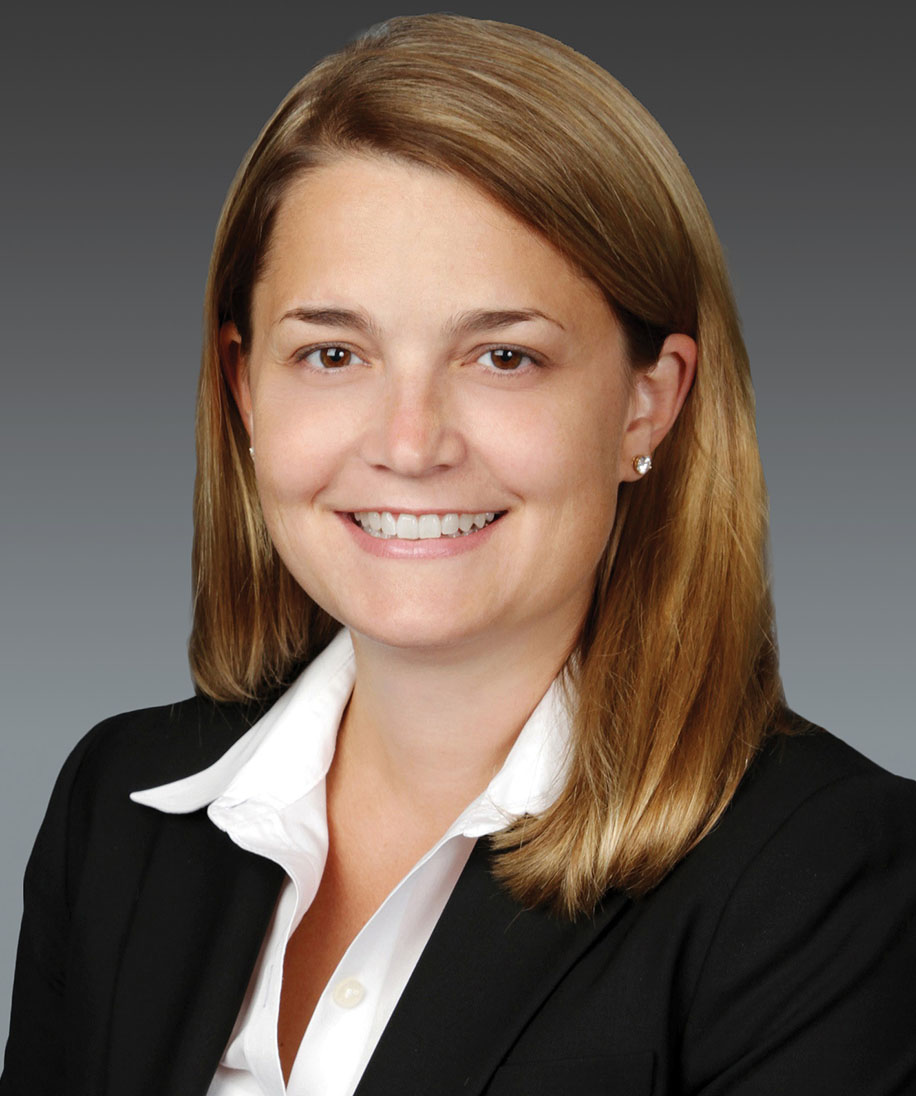


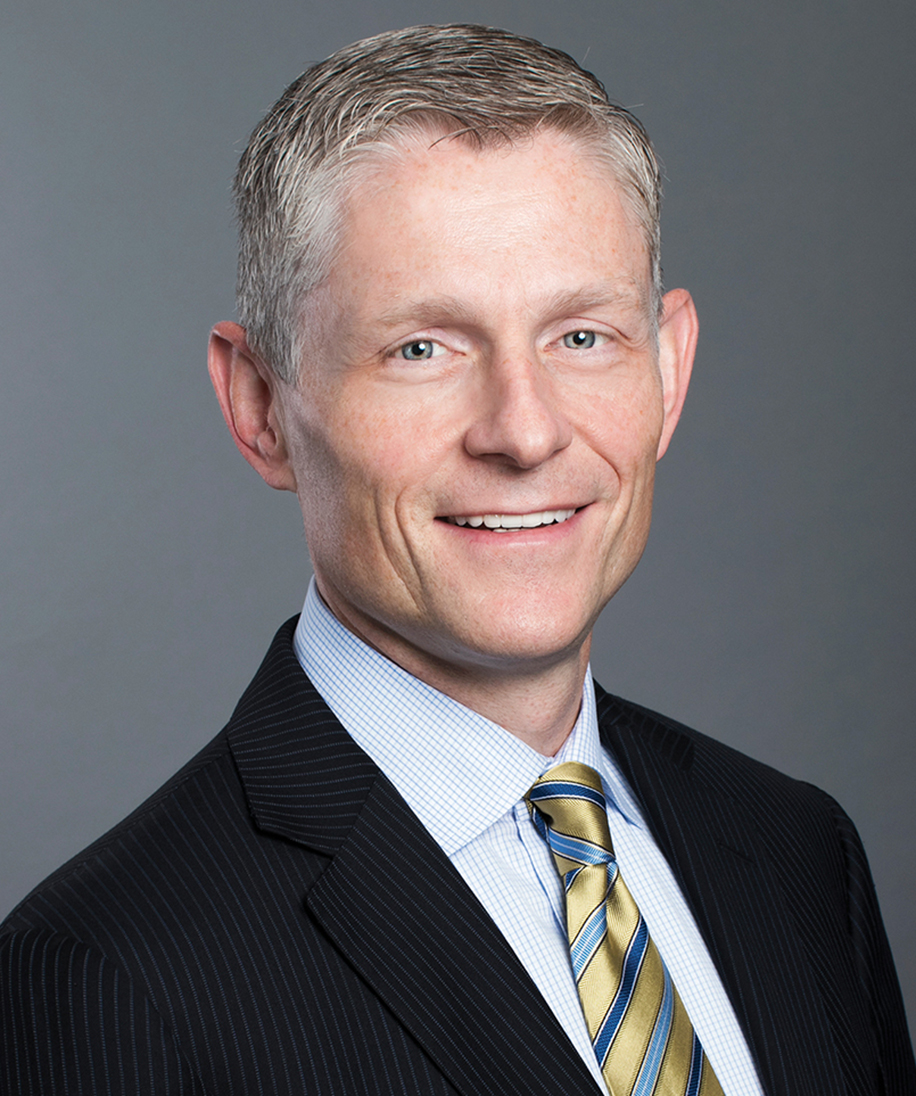


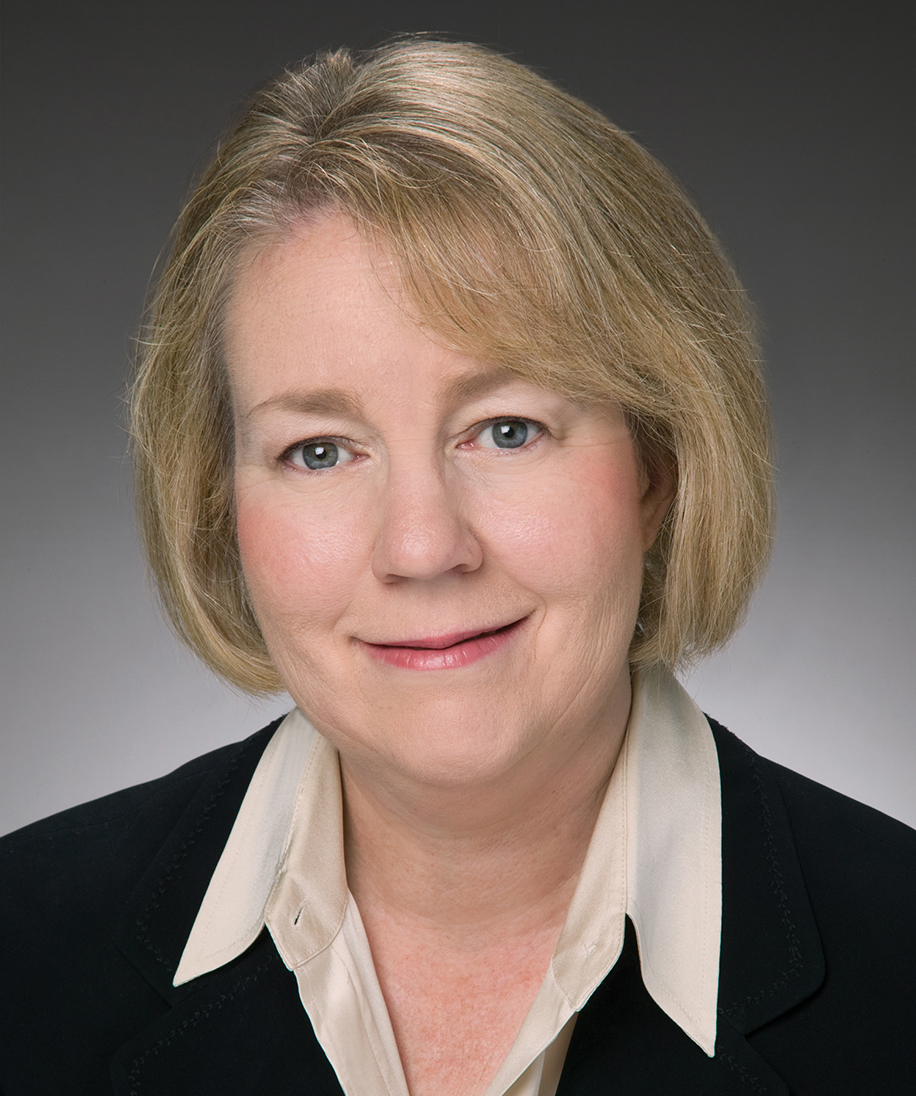
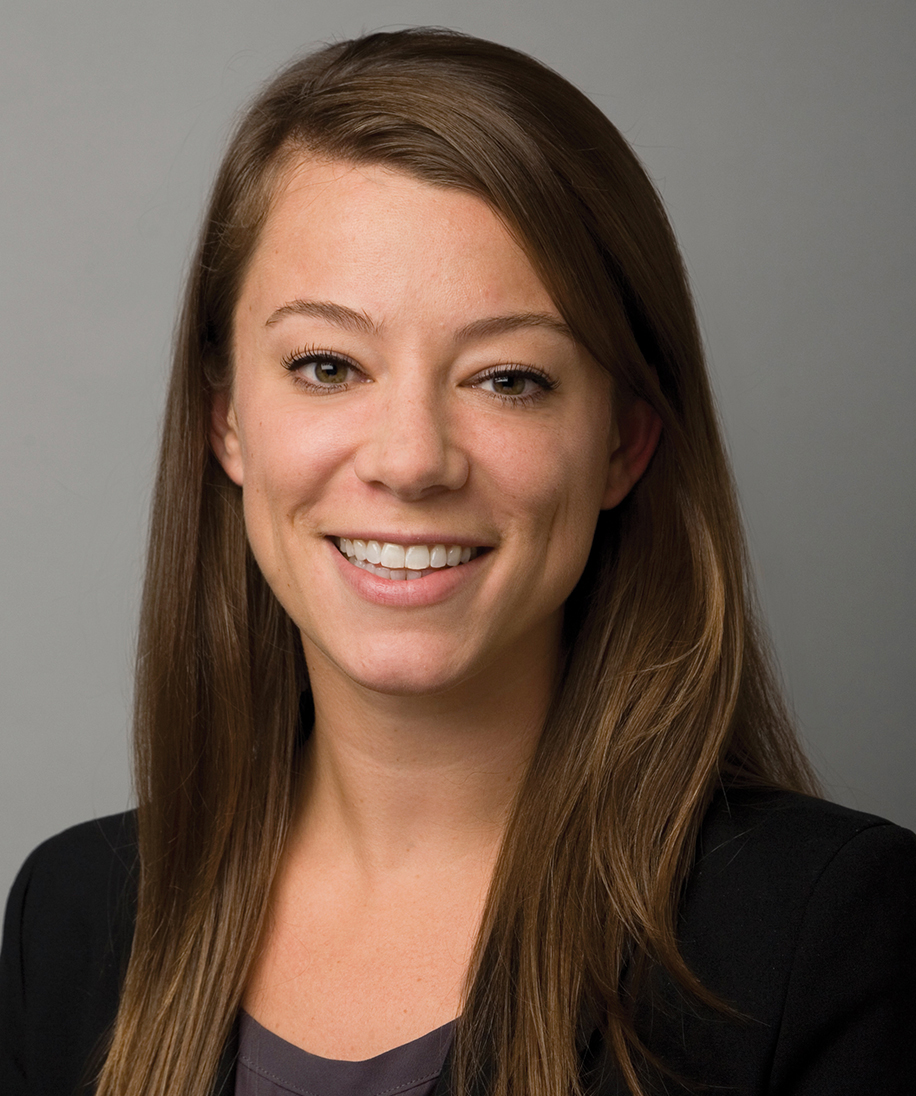
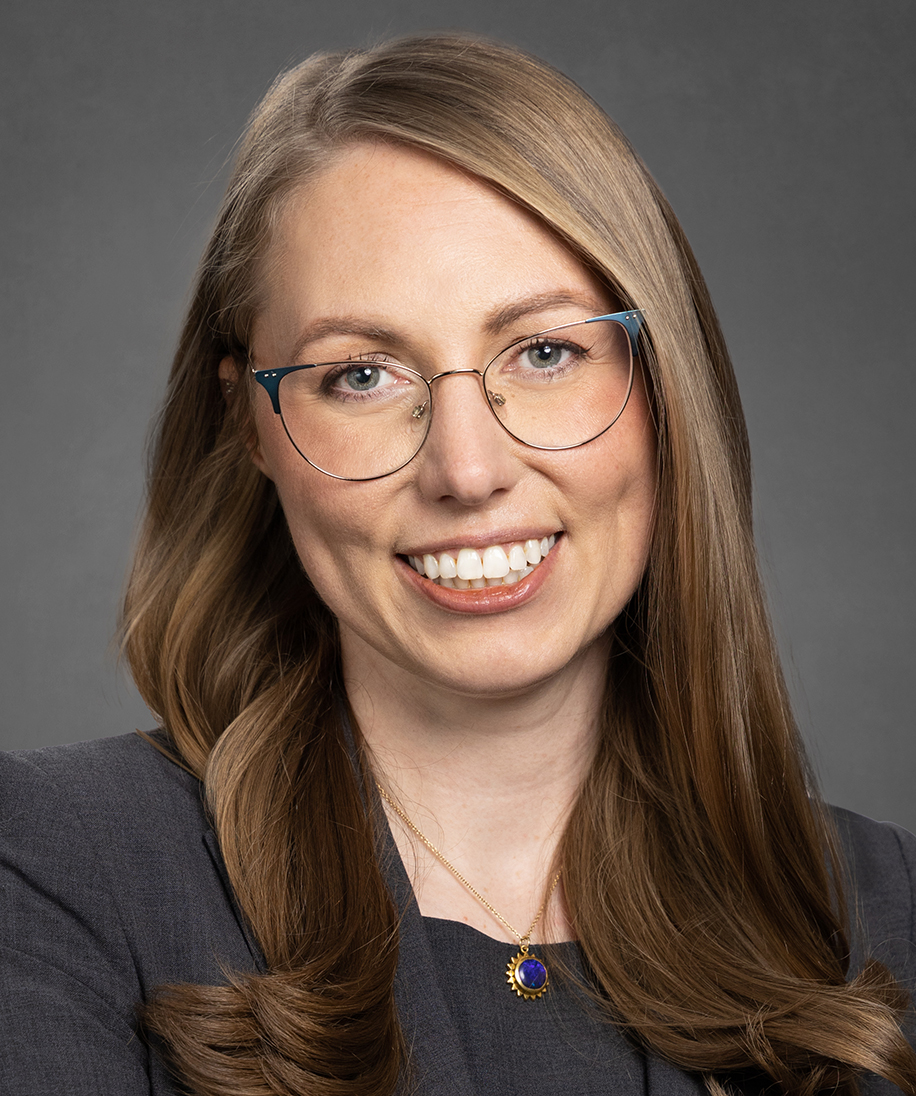
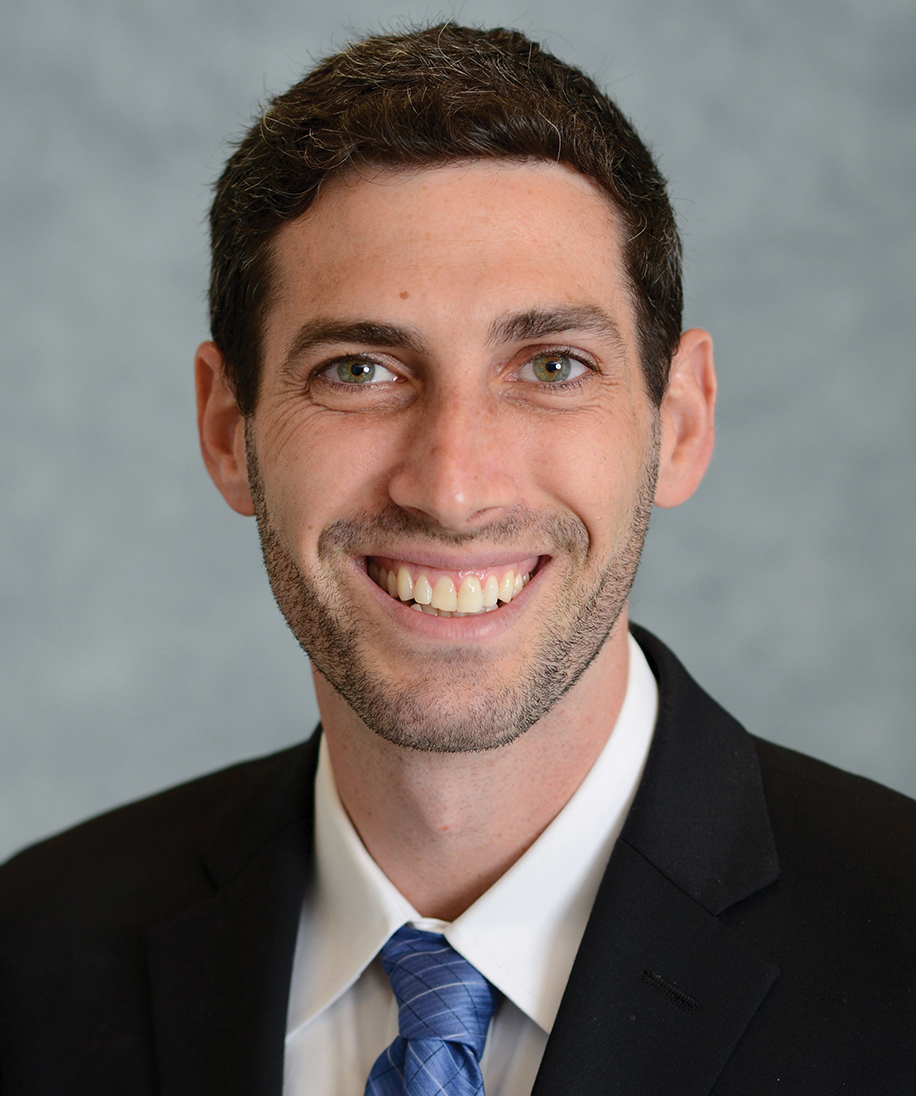
Practice Areas
For More Information






